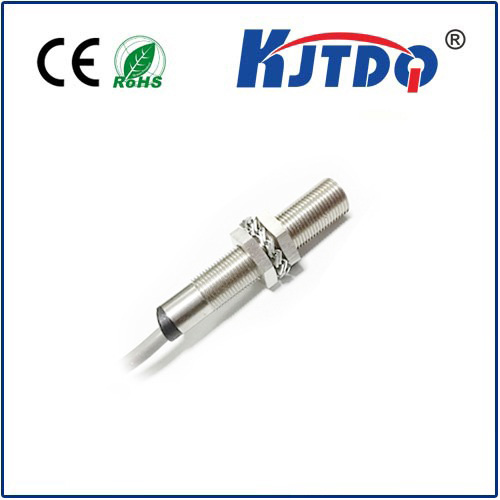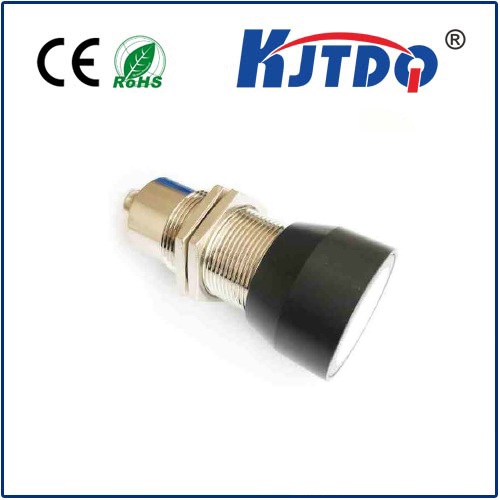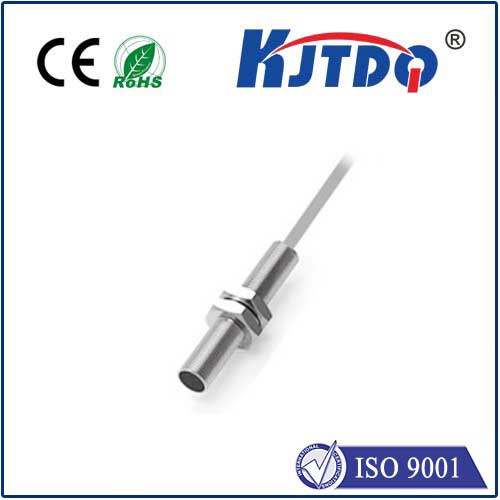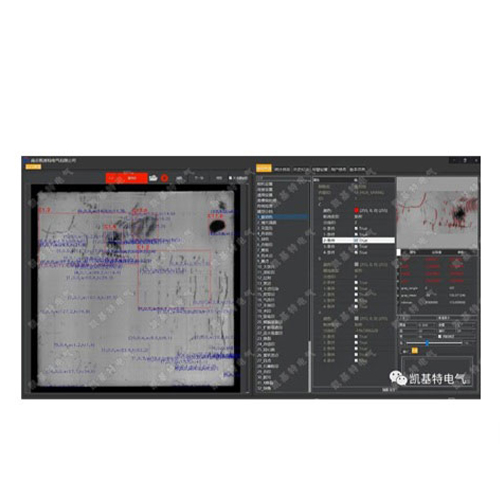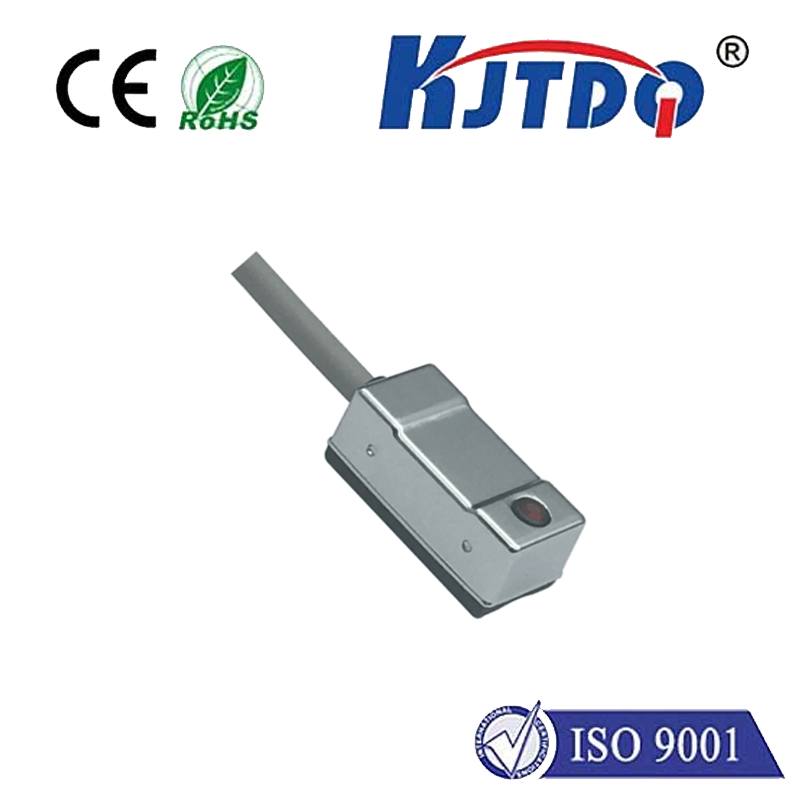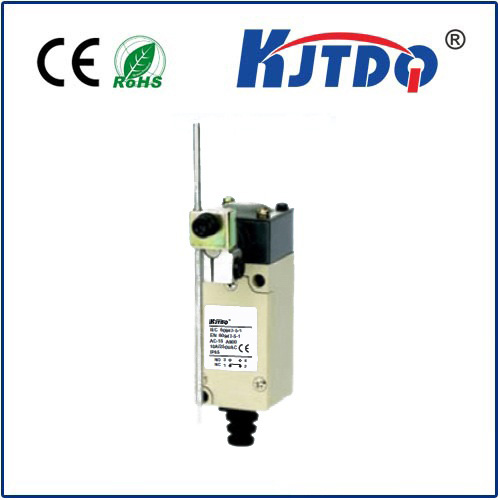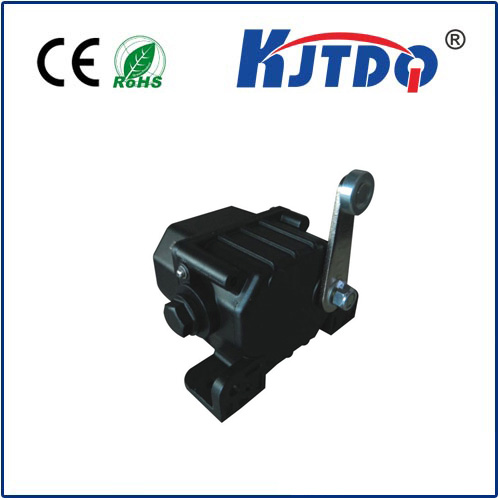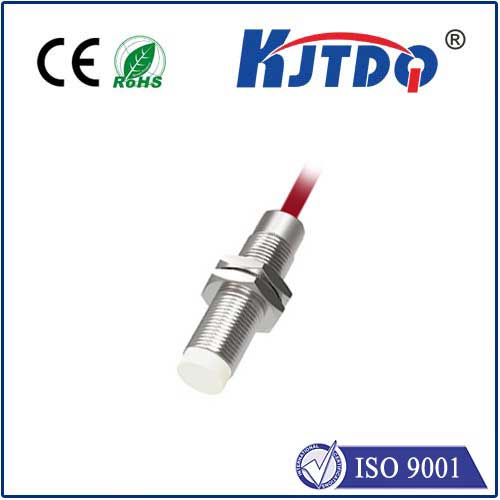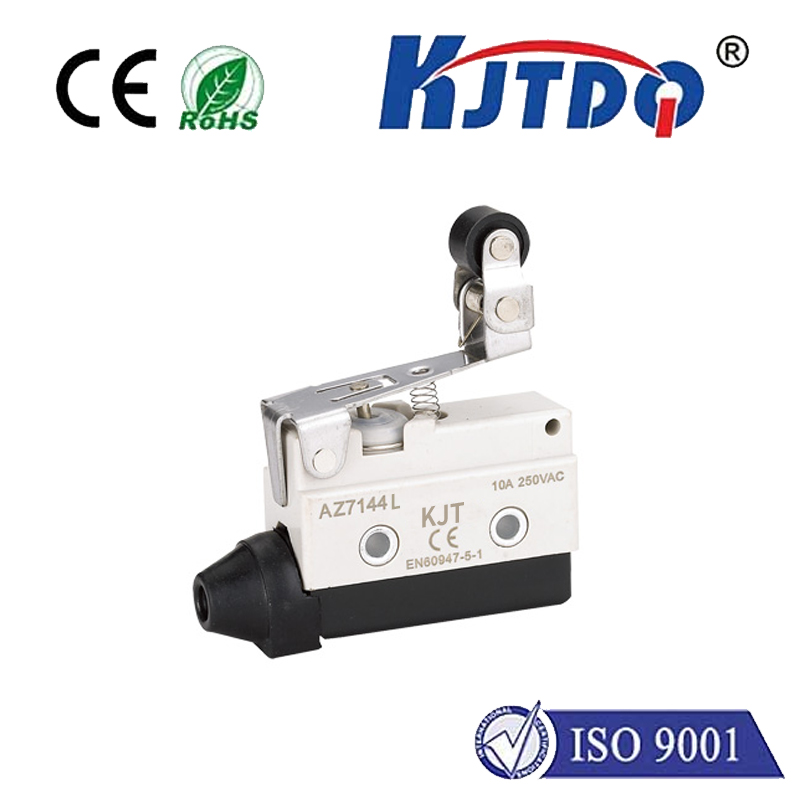esphome proximity sensor
- time:2025-07-09 01:24:39
- Click:0
Unlock Smart Spaces: Master Home Automation with ESPHome Proximity Sensors
Imagine walking into a room, and the lights softly illuminate just for you. Your workspace springs to life as you approach your desk. Intrusive motion sensors constantly triggering your hallway light? A thing of the past. This level of responsive, intuitive automation isn’t science fiction; it’s readily achievable today using ESPHome proximity sensors. By combining affordable hardware platforms like the ESP8266 or ESP32 with the powerful, open-source ESPHome firmware, you gain precise control over detecting presence and movement, transforming ordinary spaces into intelligently responsive environments.
What Exactly is an ESPHome Proximity Sensor?
At its core, an ESPHome proximity sensor isn’t a single, specific device. Instead, it describes the integration of various proximity-sensing hardware technologies with the ESPHome ecosystem. ESPHome is a remarkable framework that simplifies programming and managing microcontrollers primarily from Espressif Systems (ESP32, ESP8266) for home automation, specifically targeting seamless integration with platforms like Home Assistant.

Proximity detection, in this context, means sensing the presence, absence, or distance of an object (often a person) relative to the sensor. Unlike basic Passive Infrared (PIR) motion sensors that detect broad movement, proximity sensors often provide more nuanced information, potentially including:
- Presence/Absence: Is someone nearby?
- Distance: How close is an object (often within a limited range)?
- Approach/Departure: Detecting movement towards or away from the sensor.
Why Choose ESPHome for Proximity Sensing?
Integrating proximity sensors with ESPHome offers significant advantages for DIY smart home enthusiasts:
- Simplified Configuration: Forget complex Arduino code. ESPHome uses straightforward YAML configuration files. Defining sensors, their parameters, and how they interact with your home automation system becomes declarative and manageable.
- Seamless Home Assistant Integration: Sensors configured in ESPHome appear automatically as entities in Home Assistant, your central home automation hub. This enables effortless creation of powerful automations reacting to presence or distance data.
- Hardware Flexibility: ESPHome supports a vast array of sensors readily connectable to ESP boards:
- Infrared (IR) Proximity Sensors: Short-range, cost-effective sensors emitting IR light and measuring reflection (e.g., Sharp GP2Y0A series).
- Ultrasonic Sensors (e.g., HC-SR04): Measure distance by emitting sound waves and timing the echo return. Great for medium range (>2cm).
- Capacitive Proximity Sensors: Detect conductive objects (like a human body) without physical contact, often used in touchless switches or presence detection under desks/tables. Some capacitive sensors connect directly; others might require an ESPHome-capable board with touch pins.
- mmWave Radar Sensors (e.g., LD2410): The cutting edge for presence detection. These use radar waves to detect minute movements (even breathing) and static presence with high reliability, ignoring moving curtains or pets. ESPHome support for popular mmWave modules is robust and growing.
- Local Processing & Privacy: Sensor data is processed locally on the ESP device. Only the result (e.g., “presence detected,” distance in cm) is sent to Home Assistant. This minimizes network traffic and enhances privacy compared to cloud-dependent solutions.
- Customization & Filtering: ESPHome allows sophisticated signal filtering (like moving averages, debouncing) and calibration directly in the YAML configuration, ensuring reliable sensor readings before they even reach your automations.
Popular ESPHome Proximity Sensor Applications
The power of knowing where someone is unlocks countless home automation possibilities:
- Ultra-Responsive Lighting: Lights turn on as you approach a room or specific area (like a desk, vanity, or hallway), not just when you walk through a broad zone. They can also dim or turn off intelligently when you leave, enhancing energy savings beyond basic timers. No more waving arms at a stubborn PIR sensor!
- Advanced Presence Detection: Go beyond simple “motion detected.” mmWave radar sensors combined with ESPHome excel at static presence detection. Know reliably if someone is sitting quietly on the sofa, working at a desk, or standing in the kitchen, even if they haven’t moved recently. This is crucial for reliable “room occupied” states.
- Touchless Controls: Use capacitive or short-range IR proximity sensors to create touchless light switches, faucet controls, or interactive displays – perfect for hygiene or sleek modern aesthetics.
- Security & Monitoring: Enhance security systems. Trigger alerts if someone approaches a restricted area (detected by an ultrasonic or IR sensor) or if unexpected presence is detected in a room during specific times (using reliable mmWave). Monitor the proximity of objects in workshops.
- Smart Appliances & Conservation: Start your coffee maker when you get within a few feet of the kitchen counter in the morning. Trigger ventilation systems only when someone is actually near a source.
- Interactive Art & Installations: Create installations that react to a viewer’s closeness or movement.
Implementing Your ESPHome Proximity Sensor: A Practical Overview
While specific wiring and YAML vary drastically based on the sensor type chosen (always consult the sensor datasheet and the official ESPHome documentation!), the general process is consistent:
- Choose Your Sensor & ESP Board: Select based on the required range (short: IR/capacitive, medium: ultrasonic, presence: mmWave), environment, and application. Ensure the sensor is compatible with the ESP’s voltage levels (3.3V for most ESP boards; level shifters might be needed for 5V sensors like HC-SR04).
- Connect the Hardware: Wire the sensor to your ESP board (power, ground, signal pins). For analog sensors (like some IR distance sensors), connect to an analog pin (e.g., GPIO32/33/34/35/36/39 on ESP32). For digital sensors (like ultrasonic triggers/echoes), use standard GPIOs. I2C or UART might be used for more complex modules like mmWave radar.
- Write the ESPHome YAML Configuration: This is the magic of ESPHome. Define your specific sensor platform within the YAML file. For example:
- For an HC-SR04 ultrasonic sensor:
sensor:
- platform: ultrasonic
trigger_pin: GPIO5
echo_pin: GPIO18
name: "Desk Distance"
update_interval: 1s
# Optional filters for smoothing readings
filters:
- sliding_window_moving_average:
window_size: 5
send_every: 5
- For an mmWave Radar (LD2410 via UART):
uart:
tx_pin: GPIO17
rx_pin: GPIO16
baud_rate: 256000
binary_sensor:
- platform: ld2410
moving_target:
name: "Desk Radar Moving"
still_target:
name: "Desk Radar Still"
sensor:
- platform: ld2410
moving_distance:
name: "Desk Moving Distance"
still_distance:
name: "Desk Still Distance"
- Compile & Upload: Use the ESPHome dashboard or command line to compile the firmware and upload it to your ESP board over USB or OTA.
5












